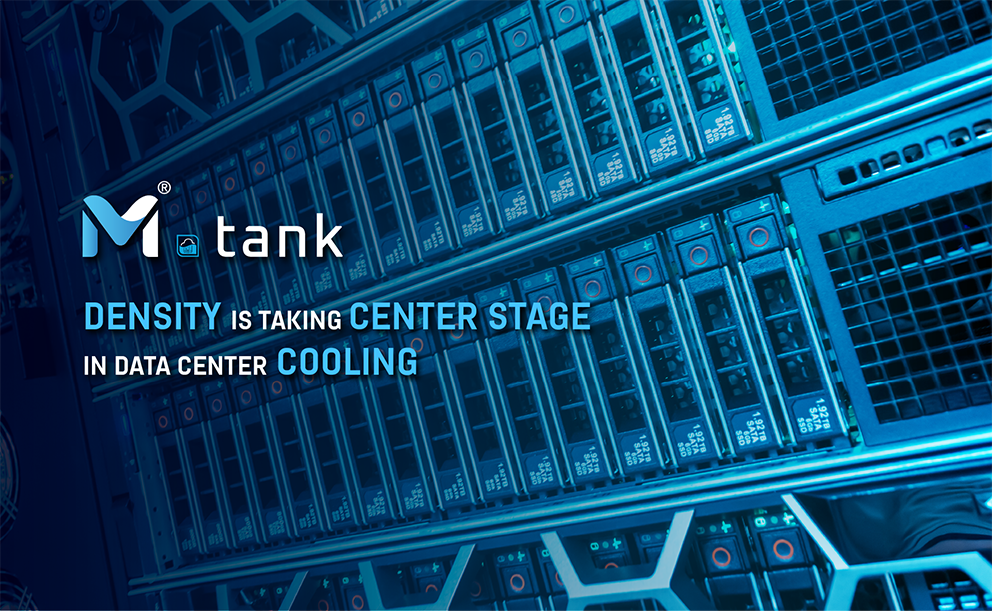


From PUE to Density as the Guiding Metric
For years, many operators focused on Power Usage Effectiveness to drive efficiency. As computing demands intensify, that single lens is no longer sufficient. The conversation is shifting toward density, the amount of power and heat concentrated within each rack. In modern environments, density is not a footnote. It is the design compass that aligns power, cooling, and capacity planning.
Workloads That Raise the Temperature
Artificial intelligence, analytics, and high performance computing have changed the thermal profile of data centers. Compute accelerators and next generation processors concentrate more power in less space, and they run closer to the limits of traditional thermal envelopes. The result is a new operational reality where the cooling strategy must be chosen for the rack and not only for the room.
The Physical Limits of Air Cooling
Air has served the industry well, but airflow, fan power, and aisle containment only go so far once rack density climbs. As heat flux rises, pressure, temperature differentials, and path length all conspire against predictable results. Beyond a certain point, chasing stability with more air becomes costly, complex, and uncertain.
Liquid Cooling as the High Density Enabler
Liquid cooling introduces a different thermodynamic playbook. By moving heat through a fluid with far greater capacity than air, operators can keep components within tight temperature bands even at elevated loads. Direct to chip and immersion approaches reduce reliance on mechanical airflow, trim fan energy, and unlock headroom for denser compute. The payoffs are stability, efficiency, and the freedom to place more performance in each square meter.
Designing for Pockets of Density
Few facilities shift to uniform high density on day one. Most evolve toward mixed environments where general purpose rows remain air cooled while select zones host dense racks with liquid support. Planning for these pockets of density requires coordinated decisions about power distribution, piping or coolant distribution units, service clearances, and operational procedures.
Power Allocation and Rack Economics
Density reshapes how capacity is budgeted. When more of the electrical envelope can be dedicated to compute rather than to moving air, the useful work per rack increases. This changes the economics of white space, enhances return on space and power, and informs how many racks are truly needed to meet performance targets.
Reliability and Serviceability Considerations
Stable component temperatures reduce thermal cycling and help preserve performance. At the same time, high density designs demand thoughtful service models. Clear procedures for draining, lifting, or swapping equipment, staff training, and safety protocols ensure that higher performance does not come at the expense of maintainability.
Sustainability and Regulatory Alignment
Density driven cooling can support lower overall energy use for the same compute output. Concentrated heat streams are easier to capture, and liquid based systems can reduce water dependency in certain designs. For operators with carbon and reporting obligations, density aware cooling becomes a practical route to measurable improvements.
CSD TECHNOLOGY GROUP JSC
Your trusted partner in deploying on-premise cloud solutions integrated with green cooling
technologies.
Our team of experts is always ready to provide consultation and design tailored solutions aimed
at building powerful, energy-efficient, and environmentally friendly digital infrastructure for
each business.
Address: 462 Cao Thang St, Hoa Hung Ward, Ho Chi Minh City, Vietnam
Hotline: Mr Quan - 0907536513 (Zalo)
Email: sales@csdgroup.com.vn

